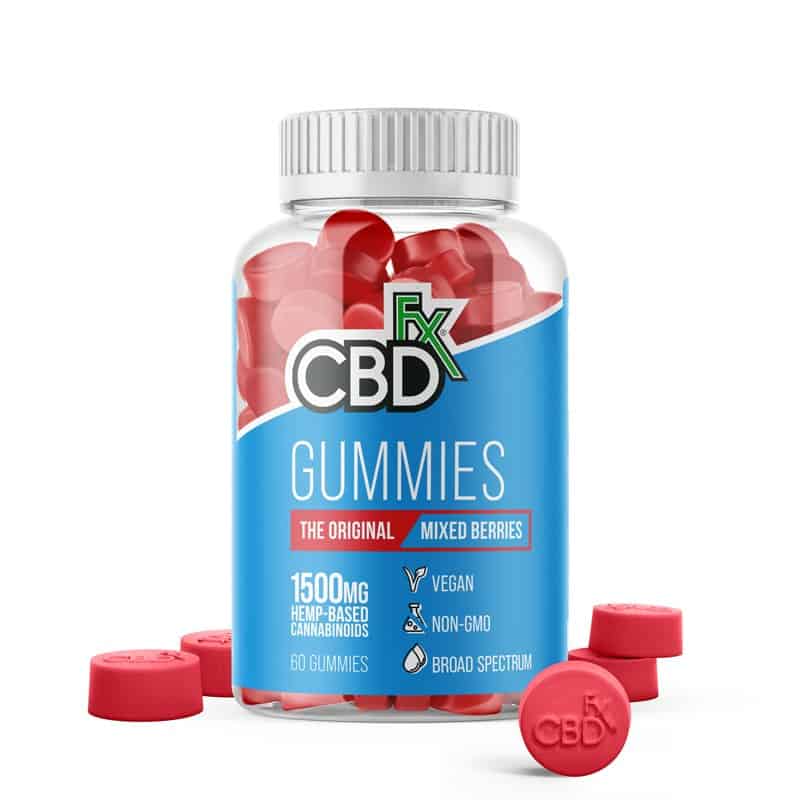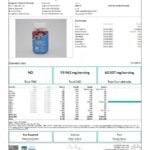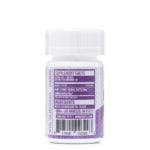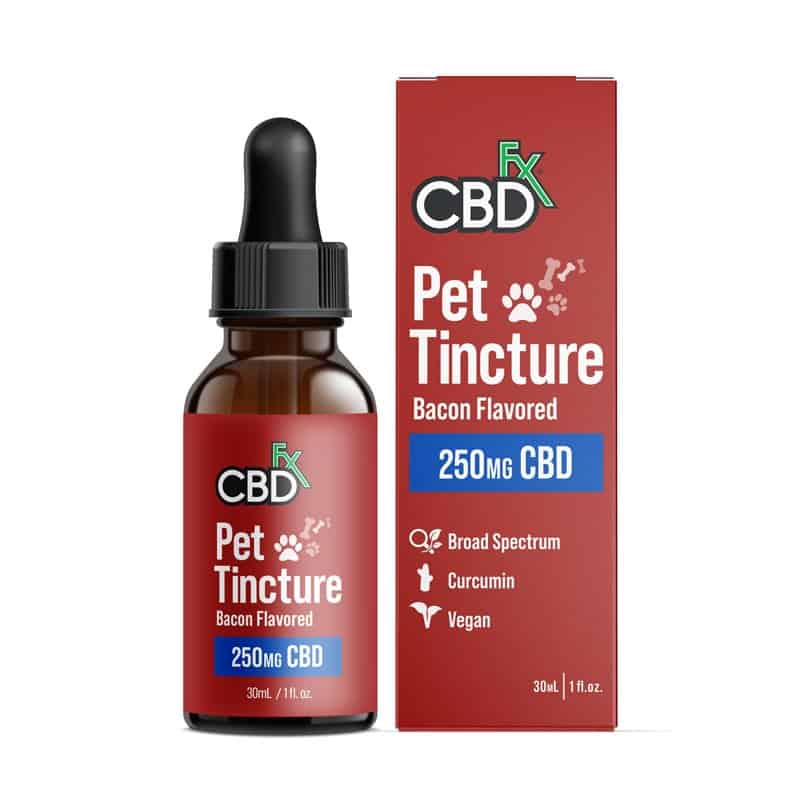
How Does a Weed Cart Work
In this guide, we will explore the working principles of a weed cart, also known as a cannabis cartridge or vape cartridge. Weed carts have become increasingly popular among cannabis enthusiasts due to their convenience and discreetness. We will delve into the components, function, and usage of a weed cart, shedding light on its mechanics and safety considerations.
This post is intended as information and for general knowledge only. It is not a substitute for medical advice, diagnosis, or treatment. It is recommended that you talk to a healthcare professional about this before introducing cannabinoids into your daily routine (especially if you have been diagnosed with any medical conditions or are under any medication). It is not recommended to drive or operate any machinery when using cannabis- or hemp-derived products. Use responsibly!
What is a Weed Cart
A weed cart, also referred to as a vape cartridge or cannabis cartridge, is a pre-filled container holding cannabis oil. The purpose of a weed cart is to provide a convenient and portable method for consuming cannabis. These cartridges are compatible with vape pens or vape batteries, enabling users to vaporize the THC oil for inhalation.
Different Types and Variations
Weed carts come in various types, including 510-threaded, proprietary, and disposable options. The 510-threaded cartridges have a universal connection, making them widely compatible with different vape pens. Proprietary cartridges are designed for specific vape pen models, ensuring a perfect fit and performance. Disposable vape pens come with an integrated cartridge and battery, designed for one-time use.

Beyond the different types, weed carts also offer various cannabis variations, catering to users’ preferences and needs. These variations include Indica, Sativa, Hybrid, and CBD-dominant cartridges, each offering distinct effects and flavors.
Components of a Weed Cart
Cartridge
The cartridge is the primary component of a weed cart, serving as the container for holding the cannabis oil. These cartridges can be made from glass, plastic, or metal, each impacting the vaping experience differently. Glass cartridges are favored for their purity and ability to preserve the flavor, while plastic cartridges are lightweight and less prone to breakage. Metal cartridges are durable and offer additional protection for the cannabis oil.
Atomizer/Ceramic Coil
The atomizer, or heating element, is responsible for vaporizing the cannabis oil. Many modern cartridges use ceramic coils, which provide even heating and deliver better flavor compared to traditional wick-based atomizers. Ceramic coils also prevent any potential harmful substances released by burning wicks.
Mouthpiece
The mouthpiece is the top part of the cartridge from which the user inhales the vapor. The design of the mouthpiece can affect the vaping experience. Some users prefer flat mouthpieces for their simplicity, while others may enjoy round or duckbill-shaped ones for their comfort.
Wick or Wickless
Some cartridges use wicks to deliver the cannabis oil to the heating element, while others are wickless. Wickless cartridges often provide a purer flavor and may be less likely to clog compared to wick-based ones. However, the choice between wick and wickless cartridges is a matter of personal preference.
The Science Behind a Weed Cart
Viscosity and Compatibility
The viscosity of the cannabis oil, referring to its thickness, plays a crucial role in determining the cartridge’s compatibility. High viscosity oils may require specific cartridge types to function properly and prevent issues like clogging or leaking.
Understanding Terpenes and Cannabinoids
Terpenes and cannabinoids are compounds found in the cannabis plant responsible for its flavor and effects. When consumed together, these compounds create the entourage effect, where their combined presence enhances the overall experience.
Heating Process and Vaporization Temperatures
The heating process of a weed cart involves heating the cannabis oil to produce vapor. Different cannabinoids and terpenes vaporize at different temperatures, which can affect the overall vaping experience and desired effects.
How to Use a Weed Cart
Compatible Devices
To use a weed cart, you need a compatible vape pen or battery. The most common and versatile option is a 510-threaded battery, which can accommodate most cartridges. However, some cartridges may require proprietary devices due to their unique design.
Attaching the Cartridge
Attaching the cartridge to a vape pen or battery is a straightforward process. Simply screw the cartridge onto the battery’s threaded connection. It’s essential not to overtighten the cartridge to avoid damaging the connection.
Inhaling Techniques
There are two primary inhaling techniques for vaping cannabis: mouth-to-lung (MTL) and direct lung (DL) inhales. Beginners may find MTL inhales more comfortable, while experienced users often prefer DL inhales for larger vapor production.
Quality and Safety Considerations
Purchasing from Reputable Sources
Always buy weed carts from licensed dispensaries or trusted manufacturers. Avoid purchasing cartridges from unreliable or unverified sources to ensure product quality and safety.
Third-Party Lab Testing
Look for weed carts that have undergone third-party lab testing. These lab test results provide valuable information about the product’s potency, purity, and safety.
Avoiding Counterfeit or Contaminated Cartridges
Be cautious of counterfeit cartridges, which may pose health risks. Look for legitimate packaging and labelling to ensure you’re getting an authentic product. Using contaminated or low-quality cartridges can also be harmful, so always prioritize safety.
Storage and Maintenance
Proper Storage
Store weed carts in a cool and dark place to preserve the oil’s freshness and potency. Extreme temperatures can degrade the quality of the cannabis oil.
Cleaning and Maintaining the Cartridge and Battery
Regularly clean the mouthpiece and the exterior of the cartridge to ensure optimal performance. A clean battery connection is also essential for a smooth vaping experience.
Avoiding Common Issues
Identifying and Fixing Cartridge-Related Problems
Cartridge-related issues such as faulty connections or leaks can be resolved by ensuring a proper fit and handling.
Battery Issues and How to Resolve Them
Common battery-related problems can include short circuits or insufficient power. Troubleshoot these issues by checking battery connectionsand voltage settings.
Dealing with a Burnt Taste or Low Vapor Production
Adjust voltage or temperature settings to avoid a burnt taste or low vapor production during vaping.
Conclusion
Understanding how a weed cart works is crucial for both new and experienced cannabis users. By grasping the mechanics and safety considerations involved, users can enjoy a smoother and more enjoyable vaping experience. Always prioritize quality, safety, and responsible usage when exploring the world of weed carts. Happy vaping!
Also interesting:
How to Use a Weed Cart: A Beginners Guide to Vaping Cannabis
















